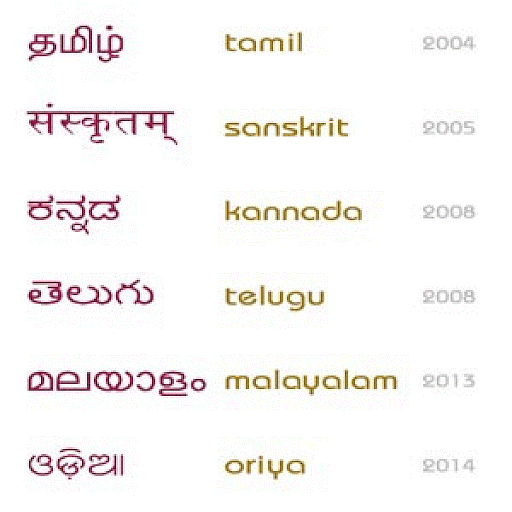Free Courses Sale ends Soon, Get It Now


Free Courses Sale ends Soon, Get It Now



Disclaimer: Copyright infringement not intended.
Context
Details
Classical Languages of India
Officially Recognized Classical Languages:
Unofficially Recognized Classical Languages:
Recognition Criteria (2006):
In 2006, the criteria for a language to be considered "Classical" were defined:
Benefits of Classical Language Status:
The recognition of a language as a "Classical Language" offers several benefits:
Farsi
Key Features:
Pali
Key Features:
Prakrit
Key Features:
|
PRACTICE QUESTION Q. Consider the following statements regarding the Classical languages of India: 1. Pali, a classical language liturgical to Theravada Buddhism, is officially recognized as one of the Classical languages of India. 2. The recognition of a language as a "Classical Language" in India is solely based on its administrative status as an "official language." 3. Farsi (Persian) has been recently included as one of the nine classical languages of India under the New Education Policy. Which of the statements is/are correct? A. 1 only B. 3 only C. 1 and 3 only D. 2 and 3 only Answer: B. |
© 2024 iasgyan. All right reserved